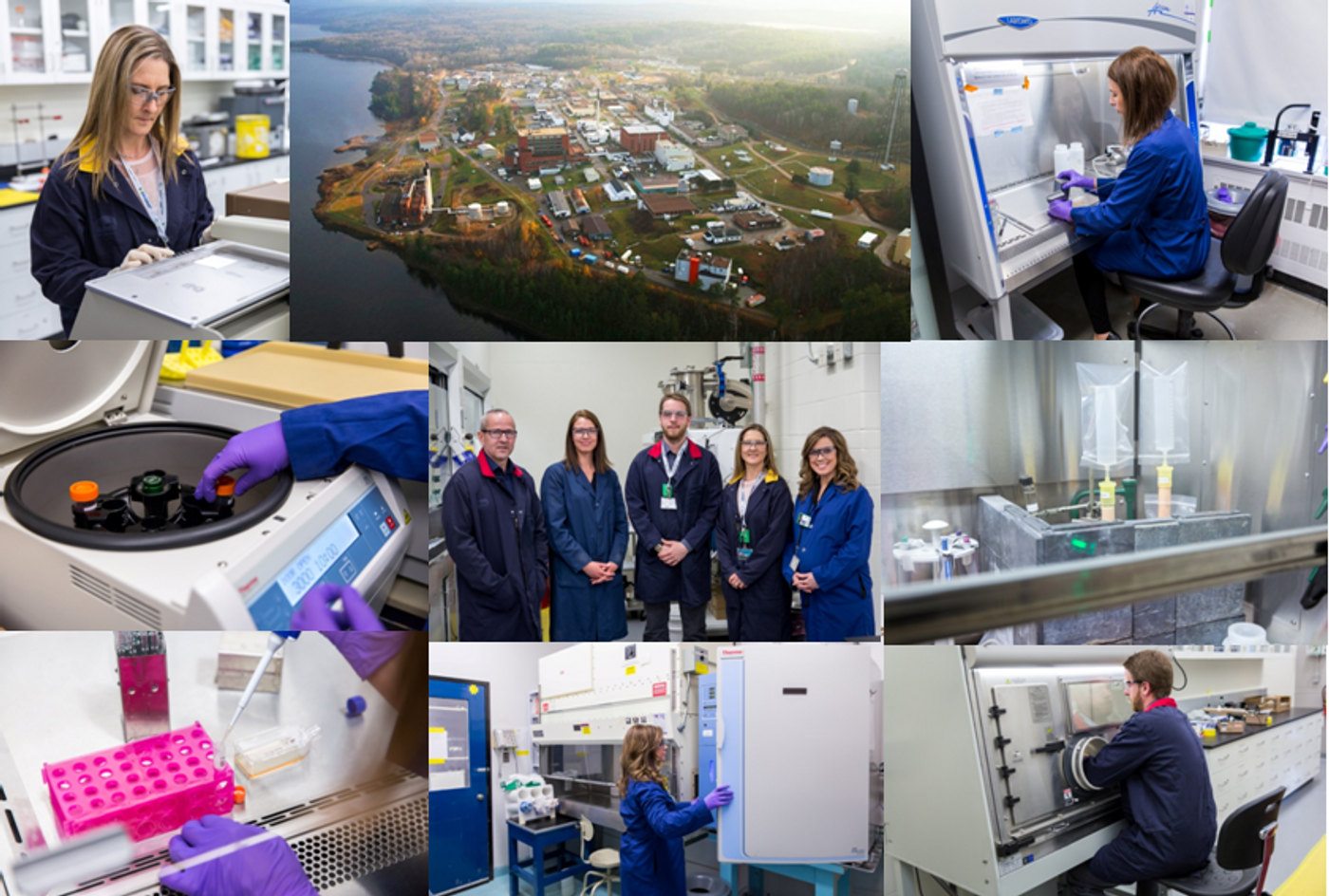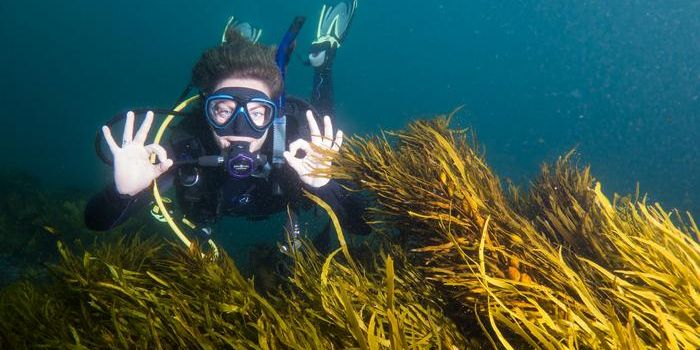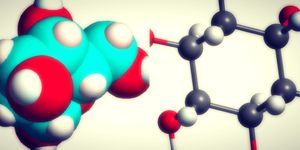Take TAT, Cancer! Canadian Institutes Join Forces to Develop Targeted Alpha Therapy Agents
In targeted radionuclide therapies (TRT), oncologists use radiolabeled biological vectors that can target specific biomarkers and deliver a lethal dose of radiation to diseased tissues. Due to its selectivity and effectiveness, TRT not only revolutionizes the cancer-treatment landscape, but also brings hopes to cancer patients who are unsuitable for surgical procedures or external beam therapy.
Canadian Nuclear Laboratories (CNL), Canada's leading institute of nuclear science and technology, has been ramping up its efforts in developing targeted alpha therapy (TAT) agents, including increased production of key radioisotopes through collaboration with TRIUMF, Canada's national particle accelerator center.
Compared to other types of radiation sources used radiation therapy, alpha particle-emitting isotopes can be highly cytotoxic (good at killing individual cells), yet their effect is focused enough to significantly limit damages to healthy tissues. Gamma radionuclides give a high-energy blast to a large region due to its penetrating power, while beta radionuclides launch a close-up but unfocused attack on the targeted tissues. The alpha particles emitted by TAT agents travel just far enough to cause unrepairable DNA breakage in cancer cells, and have high linear energy transfer, which makes them the closest thing we have to a microscopic surgical scalpel.
However, to bring TAT into the frontline to combat cancer scientists face a substantial barrier because it relies heavily on developments in isotope production and processing. Take actinium-225 (Ac-225), one of the most popular alpha-emitting isotopes in TAT applications, for example it can only be produced in four locations in the entire world due to the limited supply of source material-its parent radioisotope.
"It is one of Canadian Nuclear Laboratories' eight initiatives to develop targeted alpha therapy compounds as an emerging medical isotope technology," said Kathryn McCarthy, Vice-President of Science & Technology, in an interview with LabRoots. "We can help enable clinical trials of targeted alpha therapy with our nuclear material processing capability, and have the capacity to undertake preclinical research in our biological facilities in Chalk River."
For more than half a century, CNL's Chalk River Laboratories has been a pioneer in producing and processing fuel materials for nuclear reactors around the world. By expanding its actinium processing capacity, nuclear scientists at CNL can help eliminate a bottleneck for TAT clinic trials. But to get access to more alpha-emitting isotopes such as Ac-225, CNL would need to turn to its partner TRIUMF, who has been researching a brand new method for producing a much bigger quantity of the nuclide.
The current practice of producing Ac-225 is often referred to as "milking the thorium cow". Nuclear chemists devise a complex purification setup known as a thorium/actinium generator to extract Ac-225 from a mixture which has both actinium and its parent radioisotope thorium-229 (Th-229). Th-229 is itself exceptionally rare, available only through separation from aged uranium-233. Uranium-233 is a safeguarded material due to its proliferation risk, thereby limiting the scale-up of production of Ac-225.
Related reading: Actinium-based Targeted Alpha Therapy Delivers A Combo Punch
At TRIUMF, scientists are investigating the feasibility of directly producing Ac-225, along with parent isotopes of Ac-225 via particle beam bombardment. In their 2018 publication with the CERN Courier, Paul Schaffer and Valery Radchenko, TRIUMF's research lead on radionuclides production and application explained the institute's vision for producing medical isotopes needed in TAT application:
"TRIUMF's strategy involves using both existing and new proton beamlines from its 520 MeV cyclotron, along with a newly built 30 MeV electron linac in the upcoming Advanced Rare IsotopE Laboratory (ARIEL) facility, to irradiate thorium and uranium targets to produce a variety of radiometals. These include radium-224/225, which are parent isotopes for the daughter products actinium-225, bismuth-212/213, and lead-212."
The Rarest Drug on Earth (StoreHive)
At CNL's TAT research facility, researchers have been developing TAT agents that specifically targets breast cancer. With their thorium/actinium generator, they managed to produce enough radioactivity for labeling their antibody, which was then injected into animals bearing human tumors for evaluation.
"We are currently making about 6-8 mCi per month, which allow us to perform development work and animal testing. Through our collaboration with TRIUMF, we expect to get hands on more actinium, which can support both preclinical studies and human trial," said Pat Causey, a radiochemist within CNL’s Radiobiology and Health department.
Source: CNL
[This article contains LabRoots original contents]









